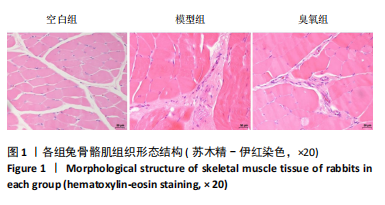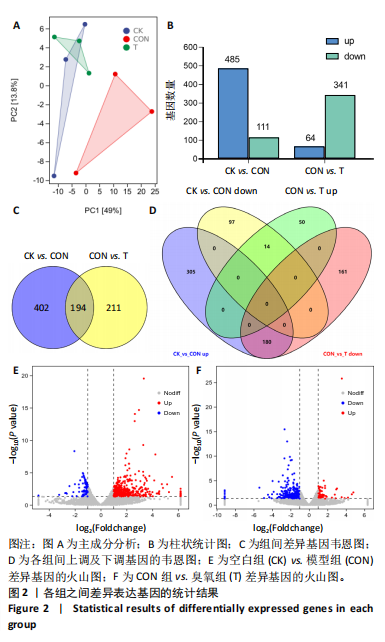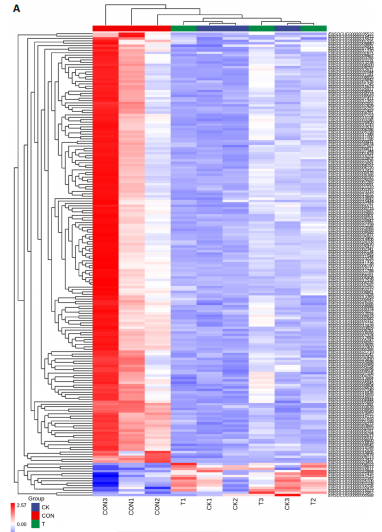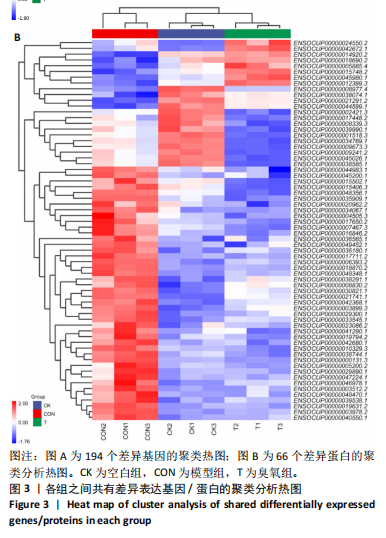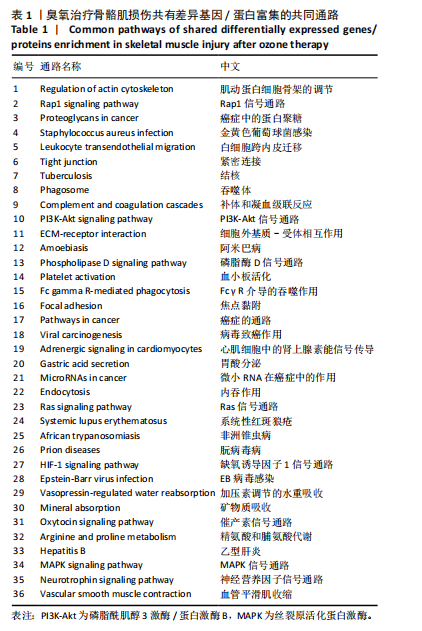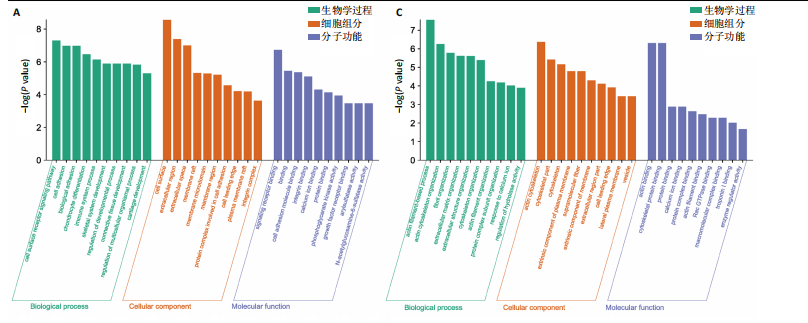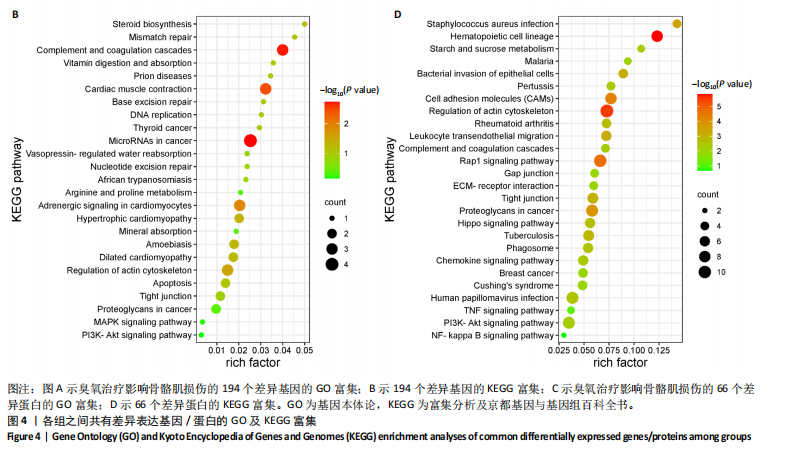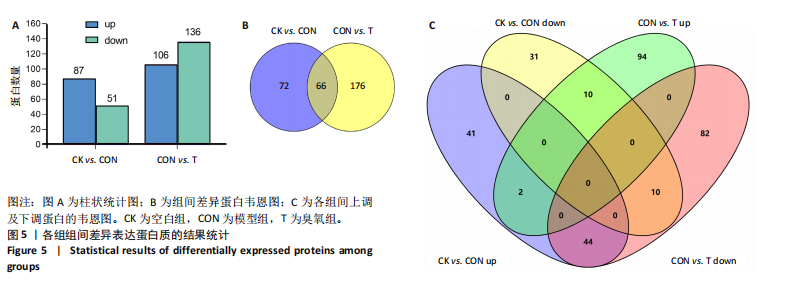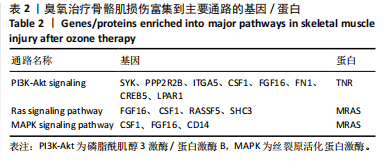[1] SOUZA J, GOTTFRIED C. Muscle injury: review of experimental models. J Electromyogr Kinesiol. 2013;23(6):1253-1260.
[2] EDOUARD P, REURINK G, MACKEY AL, et al. Traumatic muscle injury. Nat Rev Dis Primers. 2023;9(1):56.
[3] YANG X, BROBST D, CHAN WS, et al. Muscle-generated BDNF is a sexually dimorphic myokine that controls metabolic flexibility. Sci Signal. 2019;12(594):eaau1468.
[4] MANOTO SL, MAEPA MJ, MOTAUNG SK. Medical ozone therapy as a potential treatment modality for regeneration of damaged articular cartilage in osteoarthritis. Saudi J Biol Sci. 2018;25(4):672-679.
[5] HIDALGO-TALLóN FJ, TORRES-MORERA LM, BAEZA-NOCI J, et al. Updated Review on Ozone Therapy in Pain Medicine. Front Physiol. 2022;13:840623.
[6] FITZPATRICK E, HOLLAND OJ, VANDERLELIE JJ. Ozone therapy for the treatment of chronic wounds: A systematic review. Int Wound J. 2018;15(4):633-644.
[7] ALMAZ ME, SONMEZ IS. Ozone therapy in the management and prevention of caries. J Formos Med Assoc. 2015;114(1):3-11.
[8] OLIVIERO A, GIORDANO L, MAFFULLI N. The temporal effect of intra-articular ozone injections on pain in knee osteoarthritis. Br Med Bull. 2019;132(1):33-44.
[9] BOCCI V, ZANARDIA I, VALACCHI G, et al. Validity of Oxygen-Ozone Therapy as Integrated Medication Form in Chronic Inflammatory Diseases. Cardiovasc Hematol Disord Drug Targets. 2015;15(2):127-138.
[10] BOCCI V, ZANARDI I, TRAVAGLI V. Ozone: ANew Therapeutic Agent in Vascular Diseases. Am J Cardiovasc Drugs. 2011;11(2):73-82.
[11] BRAIDY N, IZADI M, SUREDA A, et al. Therapeutic relevance of ozone therapy in degenerative diseases: Focus on diabetes and spinal pain. J Cell Physiol. 2018;233(4):2705-2714.
[12] 寇久社, 吴涛, 张润宁, 等. 不同质量浓度臭氧对家兔骨骼肌损伤修复过程TNF-α的影响[J]. 西北药学杂志,2017,32(4):468-471.
[13] 寇久社, 吴涛, 张润宁, 等. 不同质量浓度医用臭氧对兔骨骼肌损伤组织学与IL-6的影响[J]. 临床和实验医学杂志,2017,16(24):2415-2419.
[14] 王建飞, 周艳, 刘吉宏, 等. 实验动物饲养管理和使用指南[M]. 上海: 上海科学技术出版社,2012.
[15] 寇久社, 张保平, 吴涛, 等. 一种家兔骨骼肌损伤模型构建新方法[J]. 中国疼痛医学杂志,2016,22(12):892-895.
[16] GULTEKIN FA, CAKMAK GK, TURKCU UO, et al. Effects of ozone oxidative preconditioning on liver regeneration after partial hepatectomy in rats. J Invest Surg. 2013;26(5):242-252.
[17] SUN H, HENG H, LIU X, et al. Evaluation of the healing potential of short-term ozone therapy for the treatment of diabetic foot ulcers. Front Endocrinol (Lausanne). 2023;14:1304034.
[18] BOSCO MC. Macrophage polarization: Reaching across the aisle? J Allergy Clin Immunol. 2019;143(4):1348-1350.
[19] 乐海浪. 创伤后早期炎症因子TNF-α、IL-1、IL-6的研究进展[J]. 现代诊断与治疗,2014,25(4):763-765.
[20] WYNN TA, CHAWLA A, POLLARD JW. Macrophage biology in development, homeostasis and disease. Nature. 2013;496(7446):445-455.
[21] GONZALEZ ML, BUSSE NI, WAITS CM, et al. Satellite cells and their regulation in livestock. J Anim Sci. 2020;98(5):skaa081.
[22] LI S, ZHANG Y, LU R, et al. Peroxiredoxin 1 aggravates acute kidney injury by promoting inflammation through Mincle/Syk/NF-κB signaling. Kidney Int. 2023;104(2):305-323.
[23] WEINBLATT ME, KAVANAUGH A, GENOVESE MC, et al. An oral spleen tyrosine kinase (Syk) inhibitor for rheumatoid arthritis. N Engl J Med. 2010;363(14):1303-1312.
[24] REED JR, STONE MD, BEADNELL TC, et al. Fibroblast growth factor receptor 1 activation in mammary tumor cells promotes macrophage recruitment in a CX3CL1-dependent manner. PLoS One. 2012;7(9):e45877.
[25] CHONG ZZ, MAIESE K. The Src homology 2 domain tyrosine phosphatases SHP-1 and SHP-2: diversified control of cell growth, inflammation, and injury. Histol Histopathol. 2007;22(11):1251-1267.
[26] SALEH R, LEE MC, KHIEW SH, et al. CSF-1 in Inflammatory and Arthritic Pain Development. J Immunol. 2018;201(7):2042-2053.
[27] VERGADI E, IERONYMAKI E, LYRONI K, et al. Akt Signaling Pathway in Macrophage Activation and M1/M2 Polarization. J Immunol. 2017; 198(3):1006-1014.
[28] JACKMAN RW, CORNWELL EW, WU CL, et al. Nuclear factor-κB signalling and transcriptional regulation in skeletal muscle atrophy. Exp Physiol. 2013;98(1):19-24.
[29] JU L, HU P, CHEN P, et al. Huoxuezhitong capsule ameliorates MIA-induced osteoarthritis of rats through suppressing PI3K/ Akt/ NF-κB pathway. Biomed Pharmacother. 2020;129:110471.
[30] ZHANG C, SHAO Z, HU X, et al. Inhibition of PI3K/Akt/NF-κB signaling by Aloin for ameliorating the progression of osteoarthritis: In vitro and in vivo studies. Int Immunopharmacol. 2020;89(Pt B):107079.
[31] 李琪琪, 王雪娇, 初英杰, 等. 中国被毛孢醇提物通过MAPK/NF-κB通路双向调控巨噬细胞的免疫功能研究[J].中草药,2023,54(11): 3559-3567.
[32] MITIN N, KUDLA AJ, KONIECZNY SF, et al. Differential effects of Ras signaling through NFkappaB on skeletal myogenesis. Oncogene. 2001; 20(11):1276-1286. |
